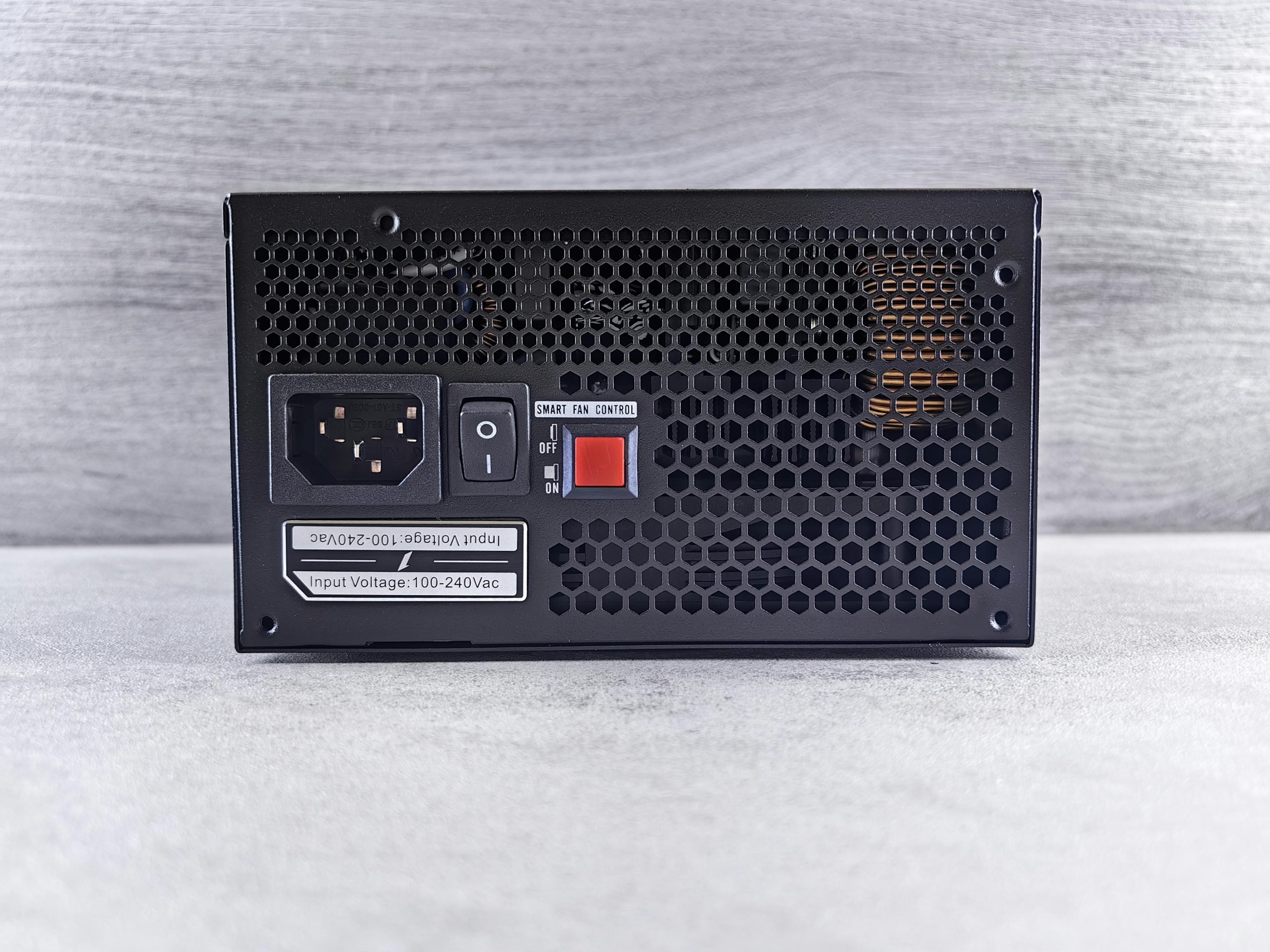Understanding Unexpected PC Power Cycles: Common Causes and Troubleshooting Tips
If your computer sometimes turns on unexpectedly and then shuts off again, you might find yourself wondering about the underlying cause. Such irregular behavior can be perplexing, especially if you’re not well-versed in PC hardware or software. In this guide, we’ll explore potential reasons for these incidents, distinguish between hardware and software issues, and provide practical steps to diagnose and resolve the problem.
Possible Causes of Random Power Cycles
-
Hardware Settings and Power Management
BIOS/UEFI Settings: Some motherboards have settings like “Wake on LAN,” “Power on by RTC,” or other wake timers that can cause the PC to turn on automatically at scheduled times or due to network activity.
Wake Timers: These can be configured to wake the system for updates or maintenance tasks. Disabling unnecessary wake timers can prevent unexpected startups.
-
Peripheral Devices and External Triggers
Connected peripherals, such as keyboards, mice, or other USB devices, may inadvertently send signals that power on the PC.
External hardware issues or faulty devices can also cause unintended power cycles.
-
Software and Operating System Settings
Scheduled tasks, updates, or background processes might trigger system wake-up or restart. Review your Task Scheduler and update settings to confirm no automatic processes are causing power cycles.
-
Power Supply and Electrical Issues
Fluctuations in electrical power, faulty power supplies, or surge protectors might result in intermittent power situations. Ensure your power sources are stable and your hardware components are functioning properly.
-
Malware and Security Concerns
While malware can cause various system issues, its role in causing random power cycles is less common. You’ve already checked Windows Security and found no threats, which reduces this likelihood.
Diagnosing and Resolving the Issue
-
Review BIOS/UEFI Settings: Access your system’s firmware during startup (usually by pressing Del, F2, or another key) and check for wake-related settings. Disable wake timers or scheduled wake events if they are unnecessary.
-
Check Windows Power Settings:
-
Navigate to Power & Sleep Settings > Additional Power Settings.
-
Review your active plan and click on “Change plan settings” > “Change advanced power settings.”
-
Ensure that settings related to wake timers and sleep are configured appropriately.
-
Inspect External Devices: Disconnect all peripherals except essential hardware and observe if the behavior persists. Reconnect devices one at a time to identify potential
Share this content:



